Introduction
A stereo amplifier functions as the central element of any home audio system by sending clean power to enhance your listening pleasure. Performing amplifier tests helps you maintain its optimal performance state and increases its operating lifetime while enhancing your sound enjoyment. You can depend on Arylic's stereo amplifier technology to deliver expert systems that suit every audio type.
This guide shows you how to test your home stereo amplifier during troubleshooting, update processes and performance optimization activities.
Tools and Equipment You’ll Need
Before diving into testing, gather the necessary tools for accurate and safe assessment:
• Speakers: Match the speaker output to your Bluetooth amplifier types to obtain accurate testing results.
• Audio Source: Any device that delivers audio signals through a smartphone CD player or vinyl record player amplifier will work.
• Audio Cables: Match your audio cables to your amplifier's input choices between RCA, AUX, optical, and HDMI.
• Multi-meter: This measurement tool helps experts check electrical properties.
• Clean Test Tracks: Experiment with top-quality digital sounds or tone needs for measurement accuracy.
Your home stereo system won't be damaged when you select audio supplies that match with your amplifier and performance testing needs.
Test results become smoother when you have a dependable music streamer ready to supply modern amplifiers with strong wireless audio inputs.
Step-by-Step Guide to Testing Your Amplifier
Step 1: Visual Inspection
Start by examining your stereo amplifier for any visible signs of damage:
• Check for Dust or Debris: Wipe the parts outside and air vents so air flows properly.
• Inspect Connections: Keep input/output terminals clean from rust and install them securely into position.
• Examine Cables: To prevent signal problems replace any cables that show physical signs of damage.
Step 2: Setting Up the System
Proper setup ensures accurate testing and prevents damage:
• Power Off: Turn off your Bluetooth amplifier first before connecting wires.
• Connect Speakers: Connect both speakers to their respective terminals making sure you match their positive and negative sides correctly.
• Attach Audio Source: Connect your audio player using the correct connecting cords at the amplifier’s input ports.
Step 3: Testing Sound Output
• Power On: Start the amplifier and listen to simple test music at a soft volume.
• Increase Volume Gradually: Check for audio strength as you play clean music at low levels.
• Test Channels: Check both channels properly by changing the balance control.
• Evaluate Frequency Response: Test speaker tone quality through personalized audio adjustments to bass and treble settings.
Step 4: Advanced Testing
For a deeper analysis of your home stereo system’s performance:
• Measure Output Voltage: When you play a test tone use a multi-meter to measure voltage flow from one speaker terminal to the next.
• Check Impedance Matching: Make sure the resistance value of your speakers aligns perfectly with the amplifier rating.
• Test Audio Settings: Test your system by changing the surround sound modes to find the best playback results.
By adding a recent multi zone receiver to your setup you will verify that your amplifier combines well with a home audio system.
Common Issues and Troubleshooting Tips
Home stereo amplifiers experience common problems like audio distortion and power supply problems while also running too hot. A careful routine inspection of connections plus tests will show how to fix any problem areas in your stereo amp. Looking for problems helps an amplifier run better and stay functional longer.
No Sound
• Check Power: Make sure the amplifier supplies power and stay active.
• Verify Connections: Make sure all electrical wires link to the right performance points.
• Test Audio Source: Use different sources to determine if connection problems exist.
Distorted Sound
• Reduce Volume: Too much volume creates sound problems.
• Inspect Cables: Use replacement cables when your old ones have problems or shortcomings.
• Test Speakers: Substitute speakers with other speakers to test if your amplifier or speakers need replacement.
Uneven Audio Output
• Balance Settings: Use balance settings to find and fix problems.
• Inspect Terminals: Watch if your speaker wire terminals have lost contact or show rust.
• Test Channels: Play one track at a time to detect if both channels generate equal sound.
Intermittent Connectivity
The system receives new updates to keep running at its best performance level. The system avoids disruption when connected to other devices.
• Devices are within range.
• The firmware is updated for optimal compatibility.
• Interference from other devices is minimized.
Overheating
• Check Ventilation: Make sure your amplifier has open space for air movement.
• Lower Output Levels: am amplifiers generate excessive heat if you play them at full volume for long stretches.
• Clean Vents: Dust and dirt entering the device block necessary air movement which causes overheating.
Maintenance Tips for Long-Term Performance
Regular maintenance ensures your amplifier delivers consistent performance:
• Clean Regularly: Keep debris cleared from ventilated areas to avoid temperature problems.
• Use Quality Cables: Premium wire connections between audio components create clearer performance because they reject external electronic disruptions.
• Store Properly: Place your amplifier in a place free of both heat and moisture to protect it from damage.
• Update Firmware: Update your amplifier firmware when possible because smart features will deliver their newest functions.
• Protect Against Power Surges: A surge protector will shield your amplifier when electrical voltage swings occur.
Vinyl owners need to take care of their turntable amplification equipment just as diligently. Change your phono stage settings to match the audio system performance standards.
By doing these proactive actions you can make your whole house stereo system last longer while keeping all zones working smoothly.
Why Choose Arylic for Your Stereo Amplifier Needs?
Arylic creates powerful stereo amplifiers to enhance home audio system and multi-room systems across different home spaces. Key features include:
• Wireless Connectivity: Your music plays wirelessly through Bluetooth, WI-Fi and Airplay connection options.
• User-Friendly Interfaces: The system works more easily through easy-to-read user interfaces.
• High-Fidelity Audio: Our devices produce pristine audio throughout the entire audio spectrum.
• Versatility: Arylic offers audio products to match all customer needs from vinyl amplifiers to turntable amplifier and excellent stereo receivers.
The entire house can play the same audio since Arylic makes sure its products join nicely with whole home audio systems. Arylic offers a flexible design choice that matches top-quality performance without being expensive.
Arylic amplifiers bring your home media experience to new levels through HDMI connections and multi-room control. Arylic products support each stage in audio system setup from home theater to multi room audio receiver lighting.
Explore Arylic’s product range today to elevate your home audio system: Visit Arylic’s Products Page.
Additional Testing Tips
Try the sound system in multiple test settings
The acoustics of your testing environment can significantly affect sound quality:
• Room Size and Layout: Try the amplifier in several spaces to see its functionality.
• Furniture and Decor: The materials you have around shape how reflected and soaked up sounds behave.
Compare with Similar Models
Try to test your amplifier by comparing it to different models to see its results against others. You can see how well each amplifier works by testing them side by side which shows what each model does best and worst. To better understand how an amplifier functions test it with many types of speakers. A proper test allows you to match your amplifier selection to your unique home audio requirements.
Examine Available Firmware New Features
Aftermarket firmware in current amplifiers helps improve performance and repairs existing problems. Ensure your device works better when updated to its newest version.
· Firmware updates benefit both your listening experience and device compatibility by giving you better sound quality with added features.
· Always access the manufacturer site to find available updates for your specific amplifier model.
· Follow update instructions exactly to prevent potential problems with your device.
· Regular updates of amplifier firmware help you receive the highest possible performance results.
Use Professional Measuring Equipment to Evaluate Sound Effect
You can learn more about these things by using an audio spectrum analyzer that shows you frequency response or a decibel meter that shows you sound level measurements. These specialized tools show you the things your amplifier can and can't deliver.
· The audio spectrum analyzer shows problem areas in different sound frequencies to help you make exact changes.
· You need both a decibel meter to check sound levels and make sure you meet venue rules about noise exposure.
· Professional and audiophile setups make the most use of these tools to reach their performance peak.
You will better understand and adjust your amplifier when you buy specific audio testing tools.
Conclusion
Testing and maintaining a home stereo amplifier helps you hear the best possible sound and extends the life of both your amplifier and equipment. You can solve typical problems and make your system better while keeping it properly maintained through this guide.
Since Arylic stereo amplifiers bring innovation with quality at fair prices you should check them out. Arylic amplifiers help you design your home audio system by letting you connect multiple audio areas and internet-based music sources. See their product lineup right now to upgrade your listening enjoyment. Have questions or tips to share? Join the conversation in the comments below!

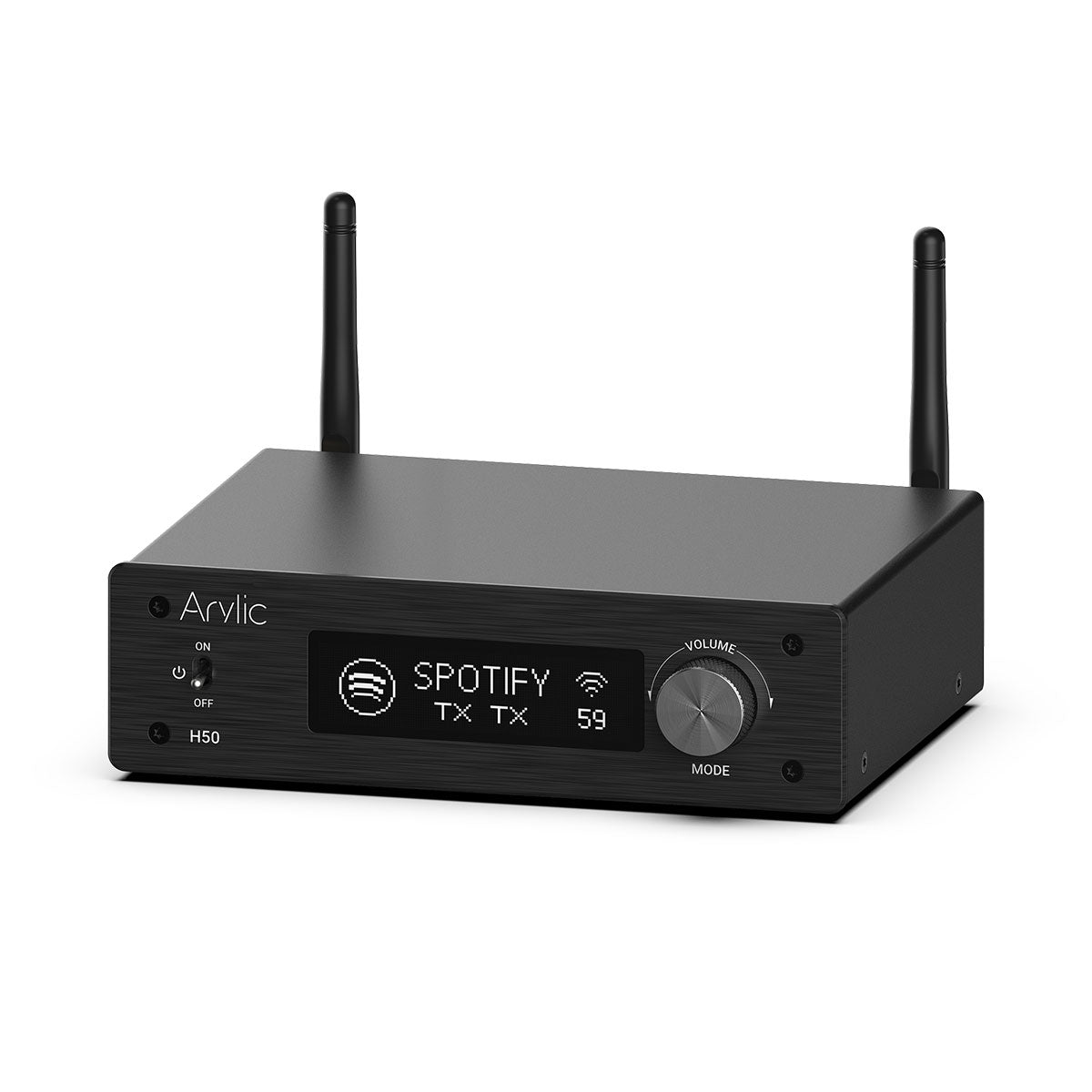
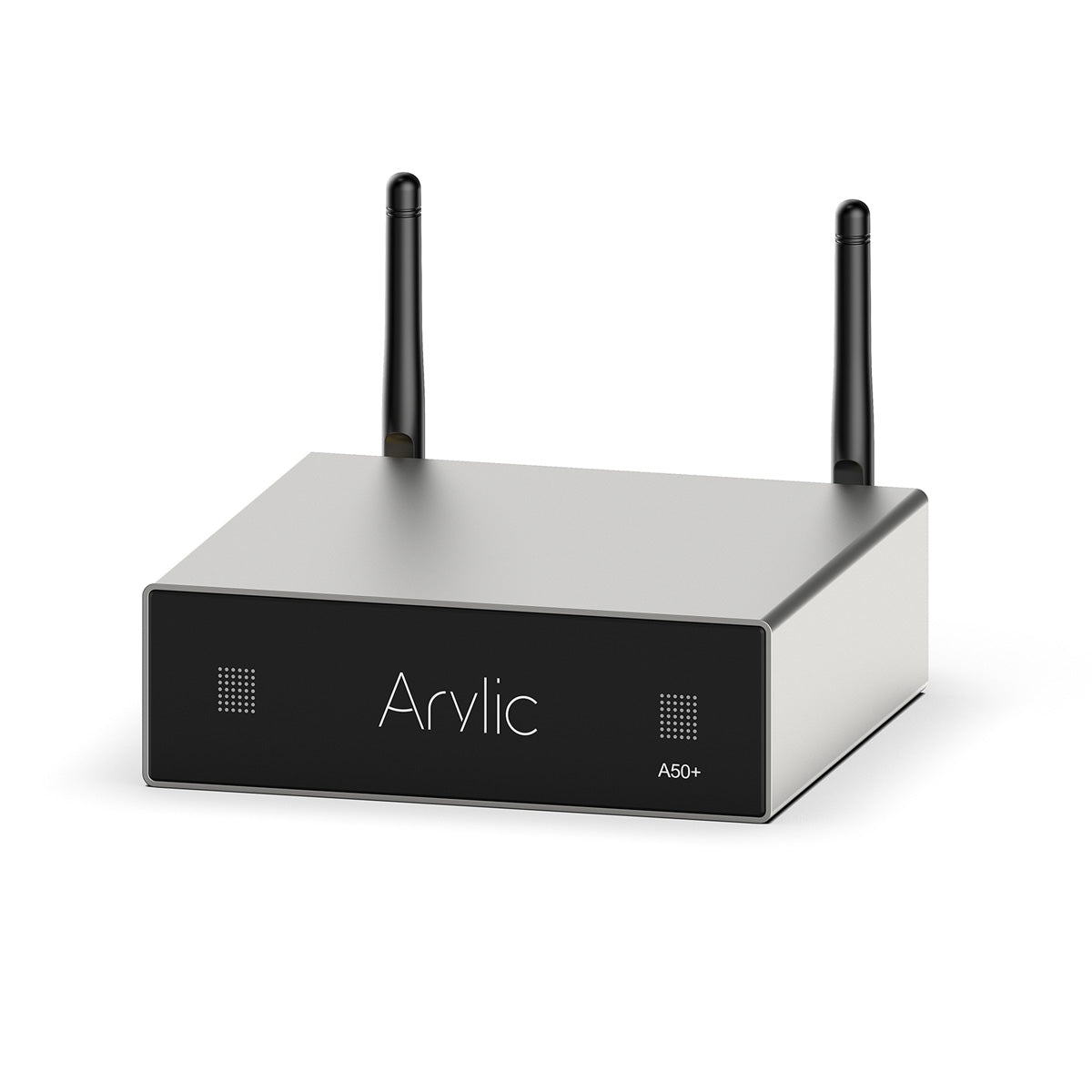
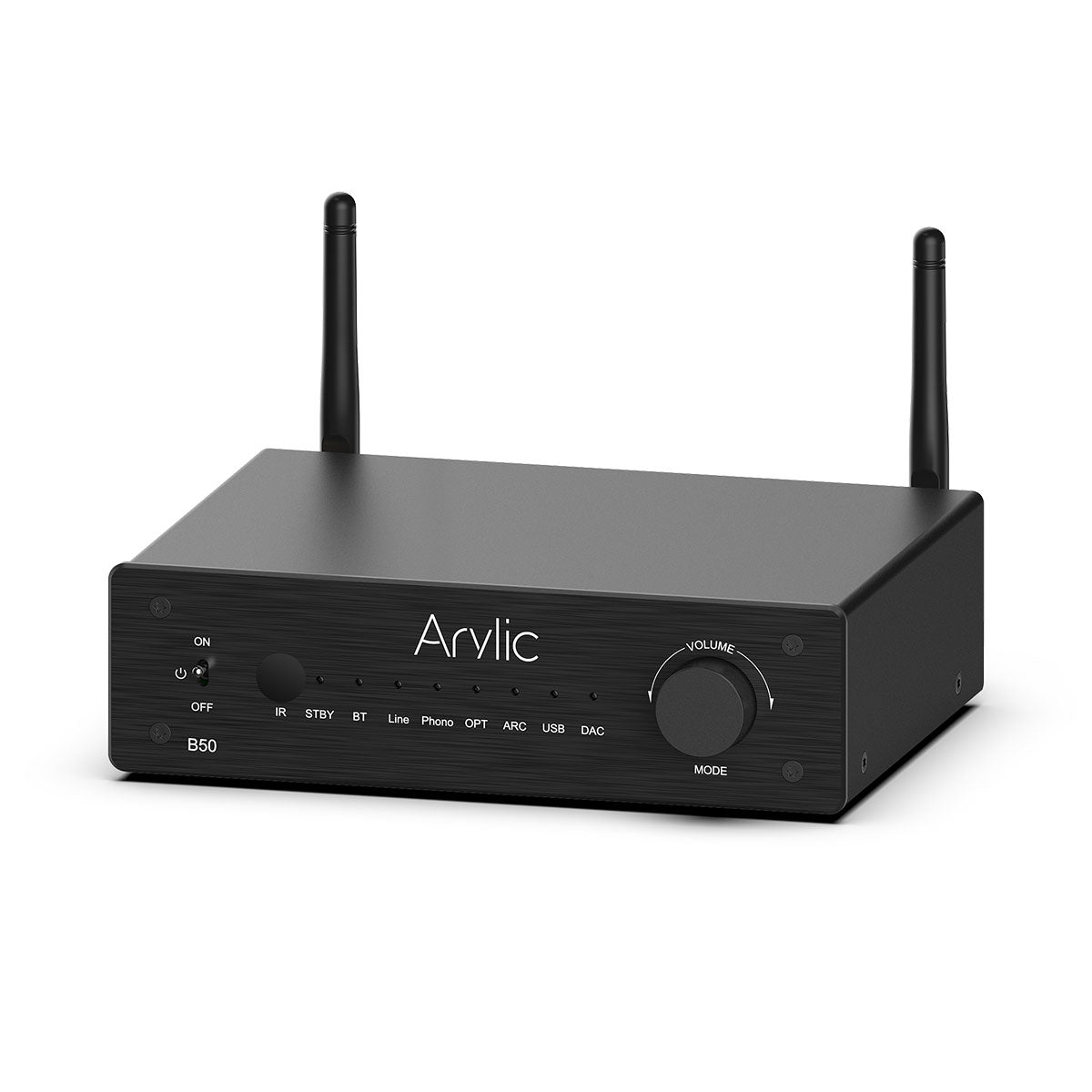
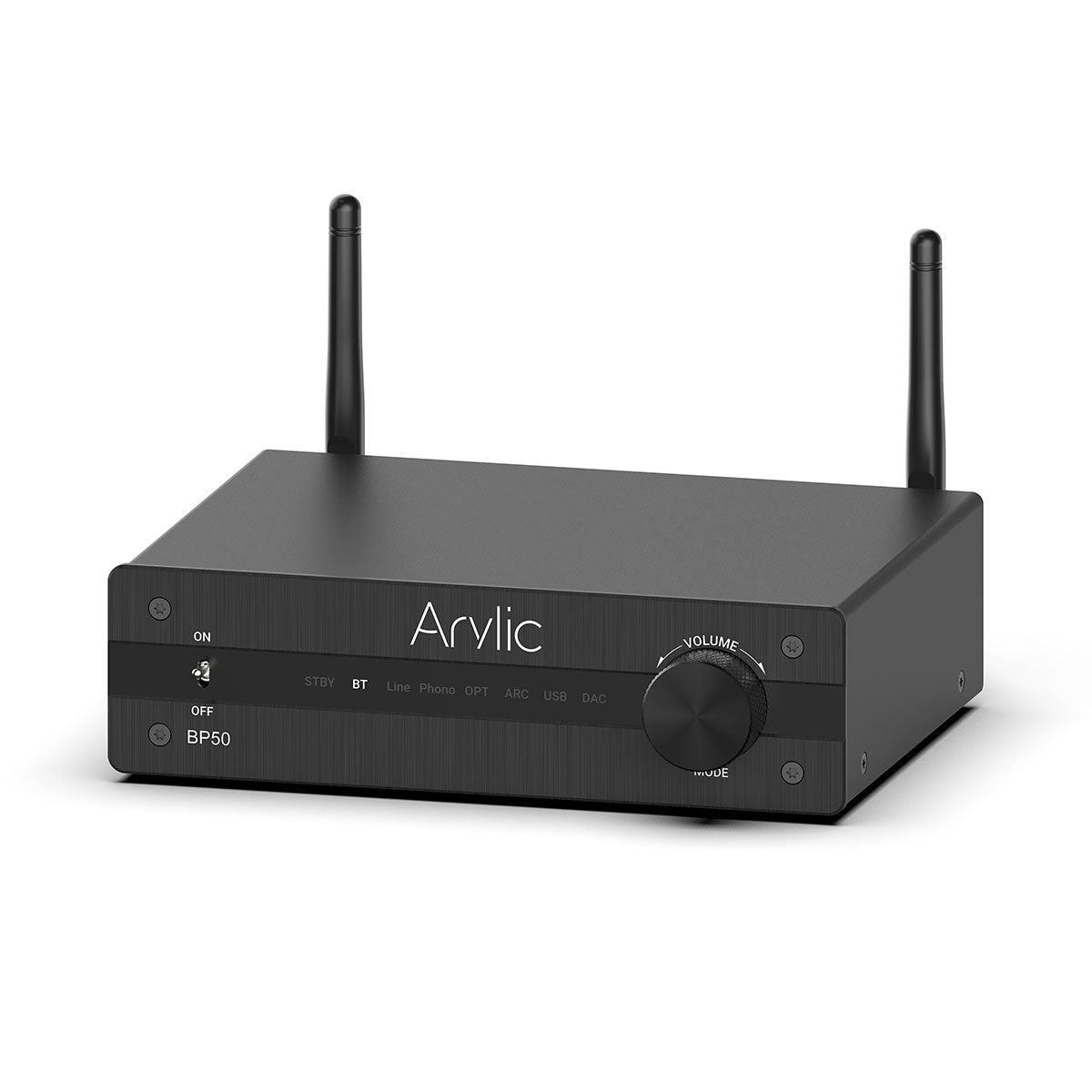
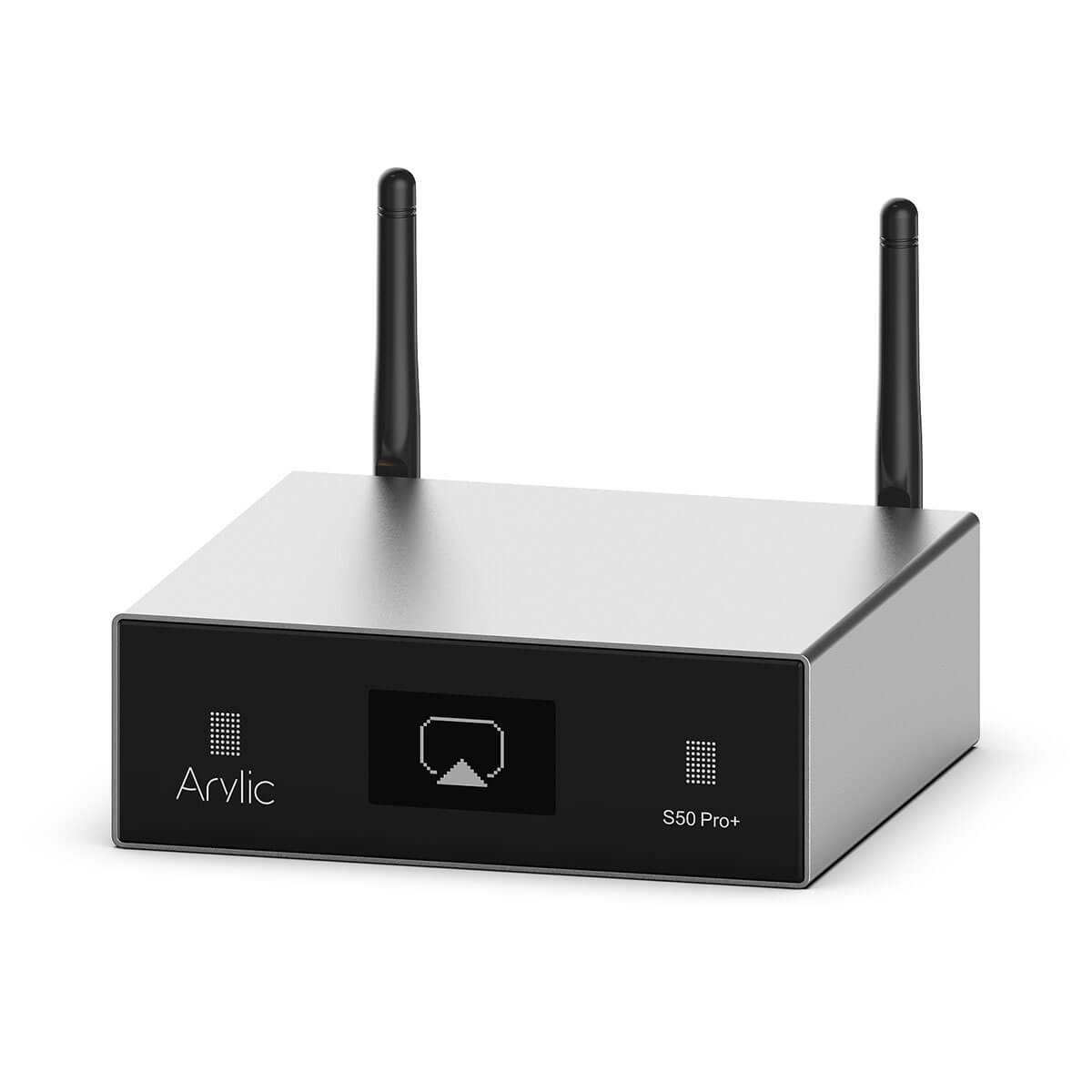
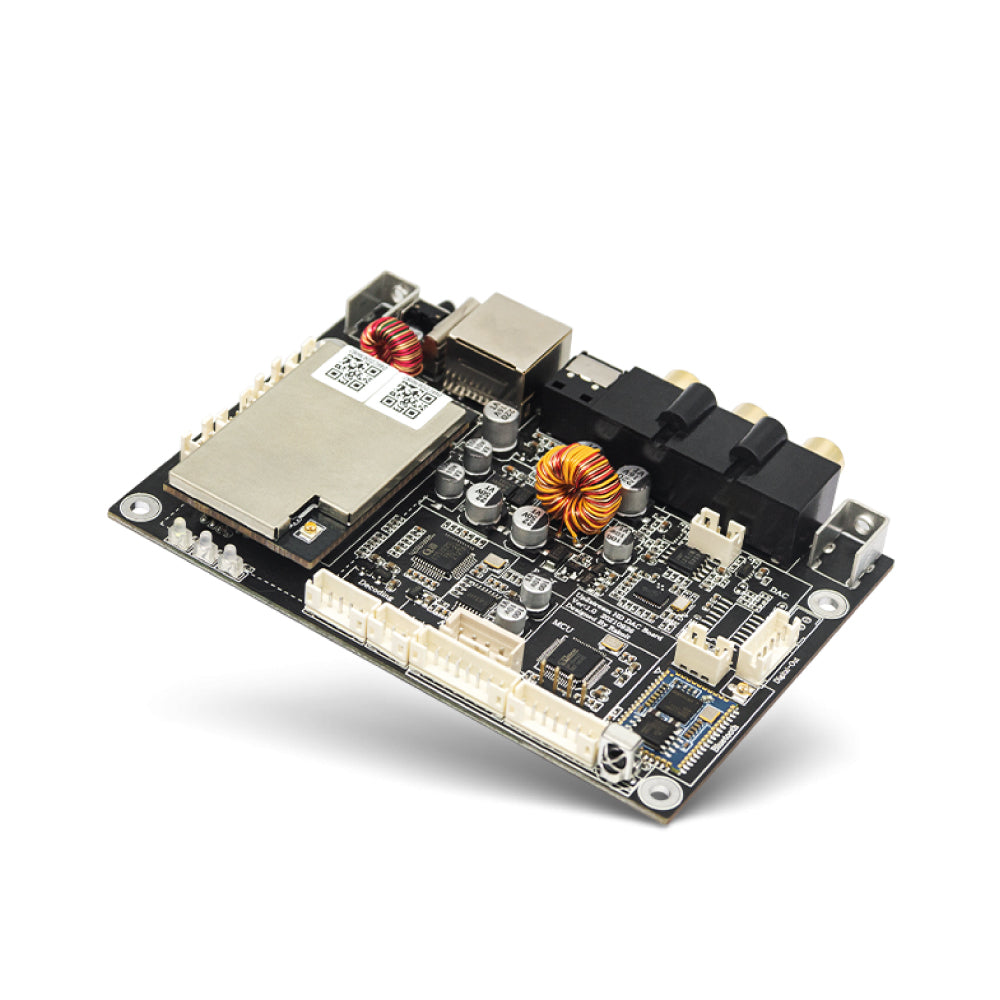
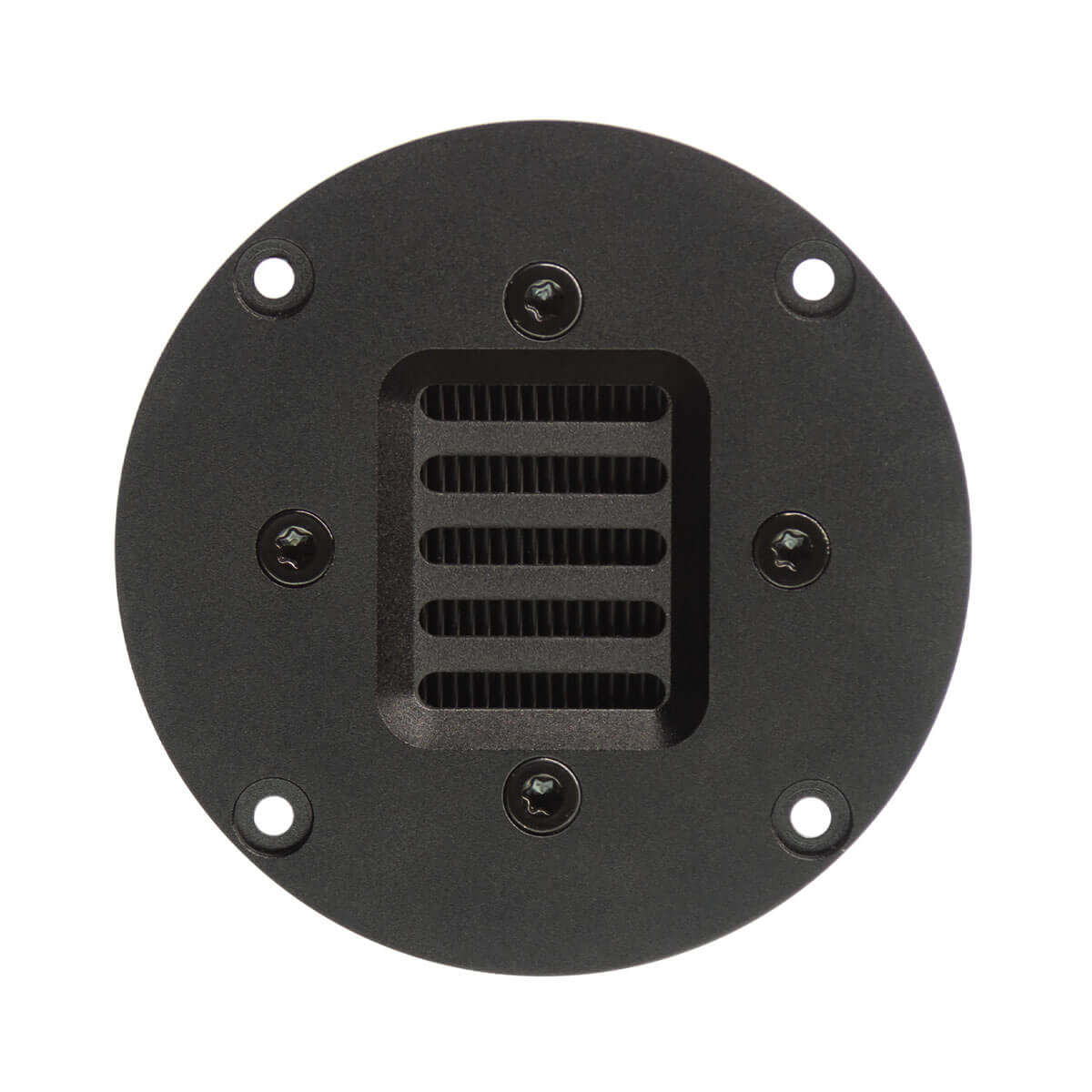
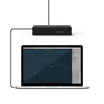
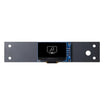
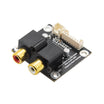
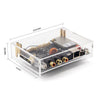
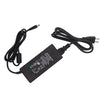
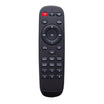
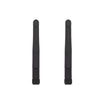
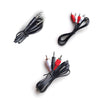


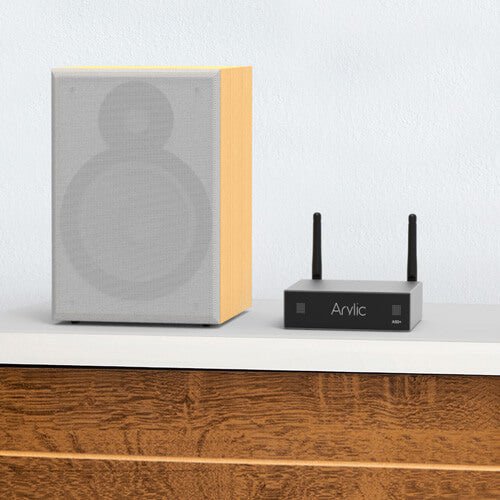
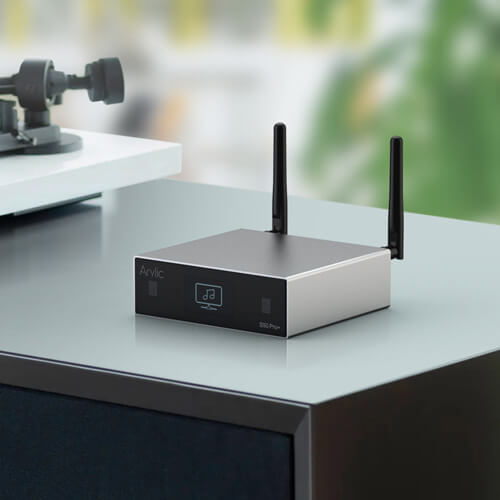
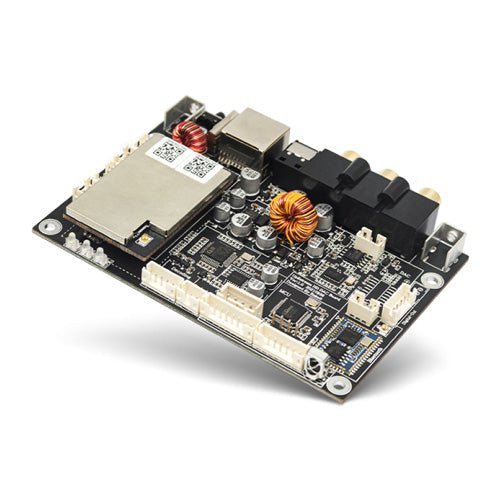



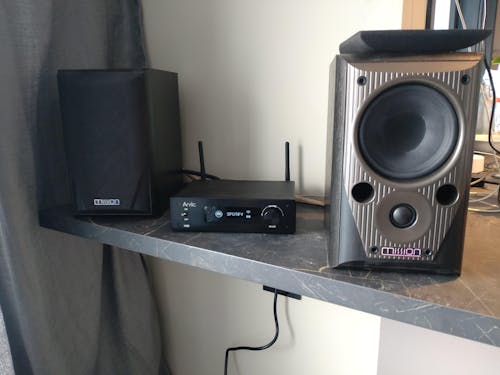
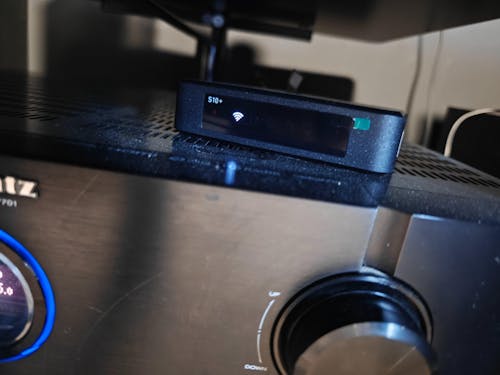
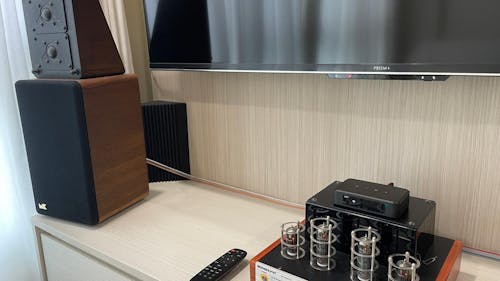
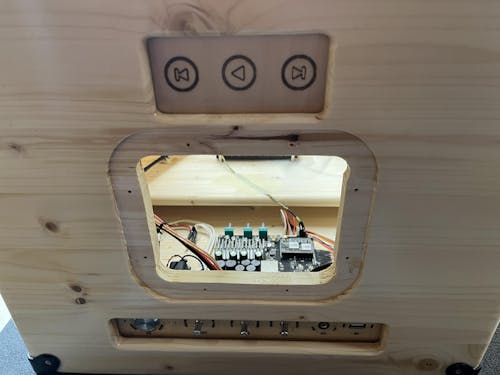
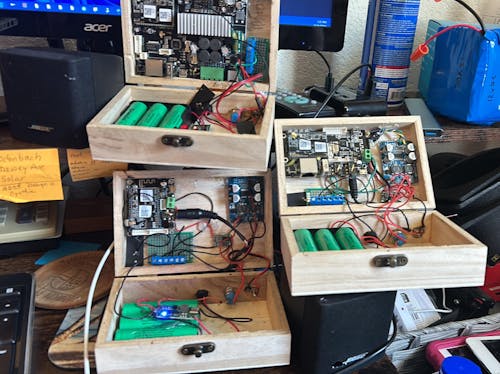
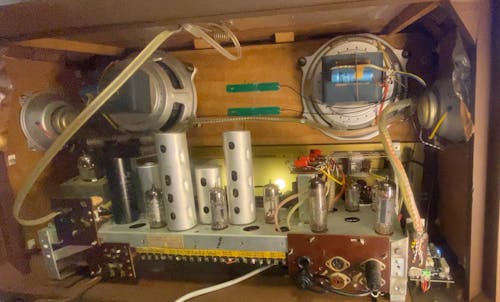
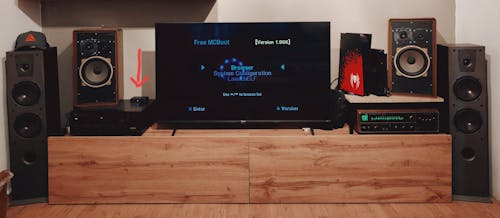
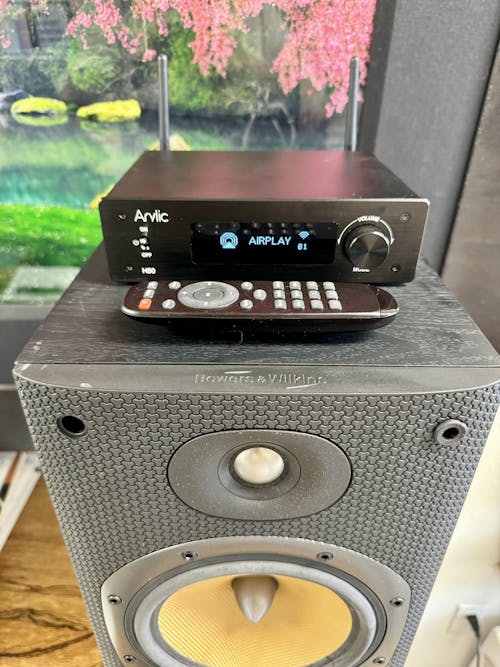
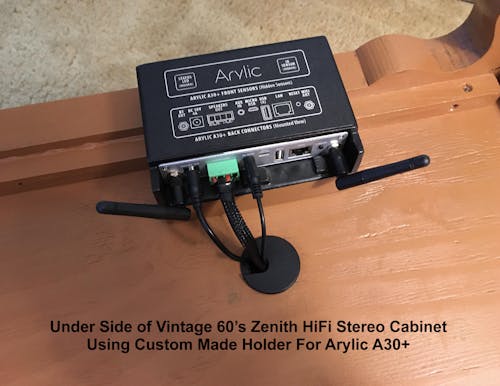
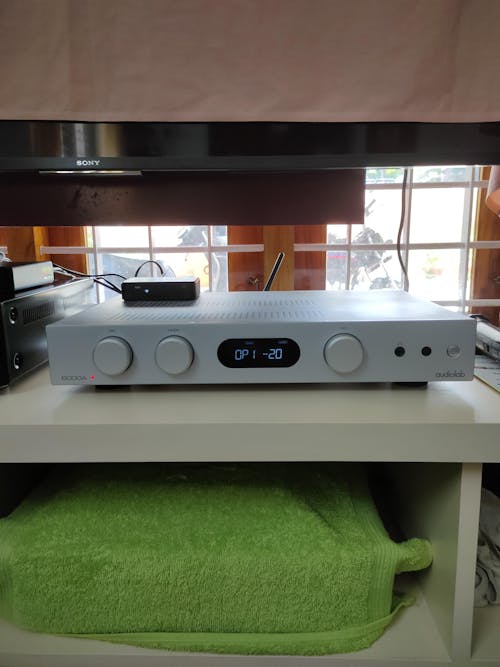
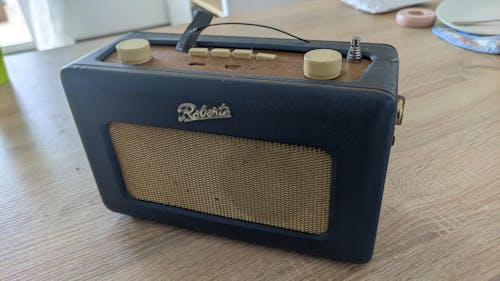
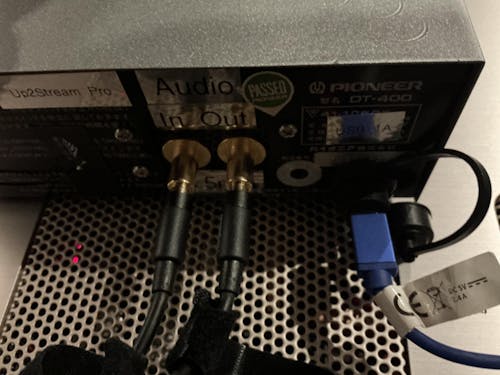
Leave a comment
All comments are moderated before being published.
This site is protected by hCaptcha and the hCaptcha Privacy Policy and Terms of Service apply.